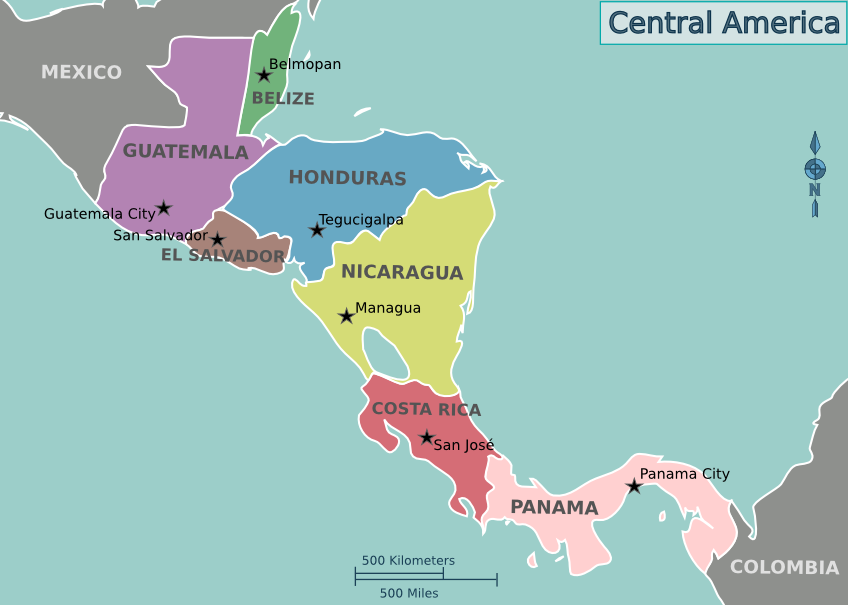Forests in Central America are diminishing at alarming rates for reasons you would never suspect.
Since the mid-2000s, officials in Mexico and the Caribbean have been cracking down on drug smuggling. Because of these increased interdiction efforts, Central America has seen a rise in its drug trafficking—specifically cocaine—and a subsequent decline in its surrounding forests.
A paper recently published in the journal Environment Research Letters discusses the relationship between anomalous forest loss and the timing of increased drug trafficking.
The phenomenon is called “narco-deforestation,” and it is every bit as dark as it sounds.
“The problem we focused on is not the deforestation related to the cultivation of the coca plant—which is processed into cocaine—but instead from the illicit trafficking profits used to purchase enormous amounts of land to launder their illegal profits,” said Erik Nielsen, associate professor in Northern Arizona University’s School of Earth Sciences and Environmental Sustainability. “By estimating the degree to which narcotics trafficking may contribute to forest loss and comparing annual anomalous forest loss with the number and volumes of cocaine shipments and our ethnographic knowledge of the landscapes, in most cases, we were able to validate this correlation.”
The paper was a collaborative effort. Steven Sesnie, an adjunct faculty member and member of the NAU Landscape Conservative Initiative, served as lead author, while Nielsen and Ophelia Wang, former research associate at NAU, co-authored along with personnel from Arizona State, Ohio State and the U.S. Fish and Wildlife Service.
The study focused on six Central American countries—Guatemala, El Salvador, Honduras, Nicaragua, Costa Rica and Panama.

Using Global Forest Change’s annual deforestation estimates for 2001 to 2014, the team identified irregular or abnormal deforestation, which did not fit previously identified spatial or temporal patterns caused by more typical forms of land-settlement or frontier colonization. The outlying or irregular deforestation rates were then compared to data from the Office of National Drug Control Policy—considered the best source of estimates of cocaine flow through the Central American corridor.
The comparisons helped to confirm relationships between deforestation and activities including cattle ranching, illegal logging and land speculation—used as a front by traffickers to launder drug money and establish territorial control in remote forest areas of Central America.
“We estimate cocaine trafficking may account for up to 30 percent of the total forest loss in Honduras, Guatemala and Nicaragua over the past decade,” Sesnie and his team conclude in the paper. “Thirty to 60 percent of the forest losses occurred within nationally and internationally designated protected areas, threatening conservation efforts to maintain forest carbon sinks, ecological services and rural and indigenous livelihoods.”
Though addressing forest loss in these and other tropical locations will require a stronger linkage between national and international drug interdiction and conservation policies, Sesnie and his team believe cocaine trafficking will continue to have severe and lasting consequences on Central America’s forests.
This study was funded by the Open Society Foundations and supported by the National Socio-Environmental Synthesis Center.



